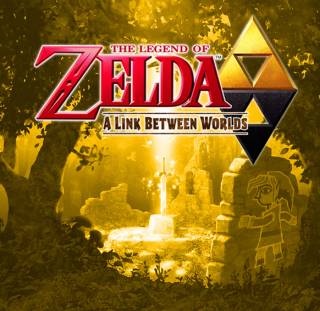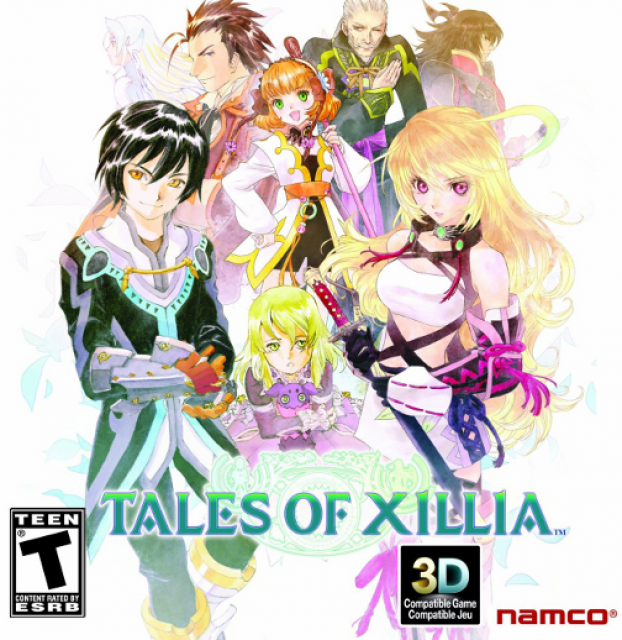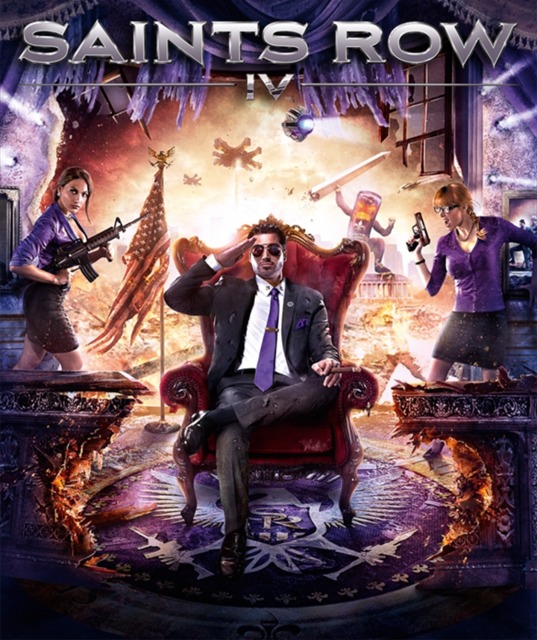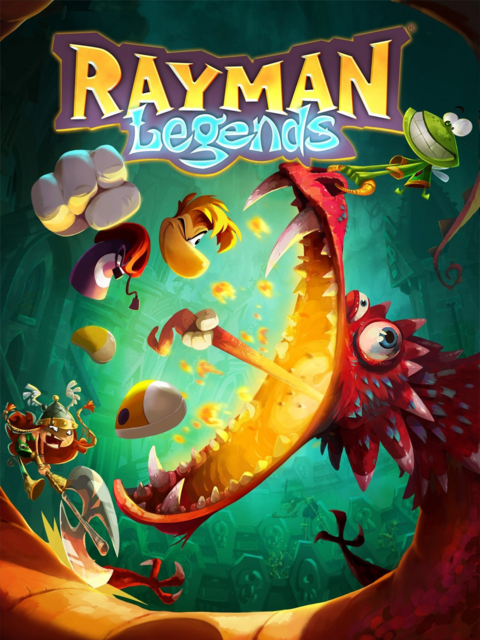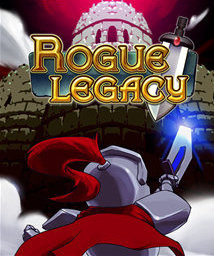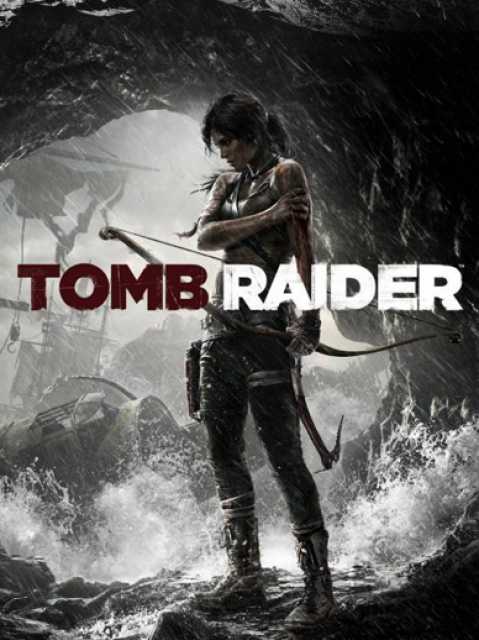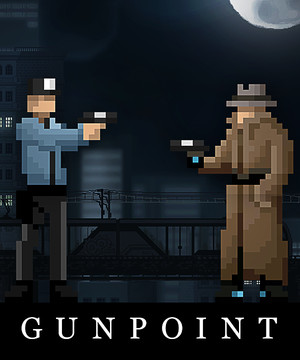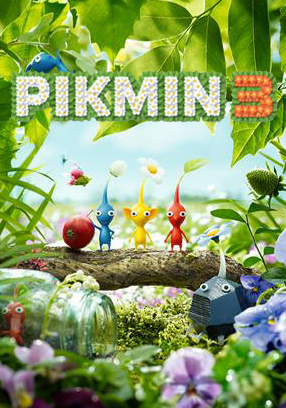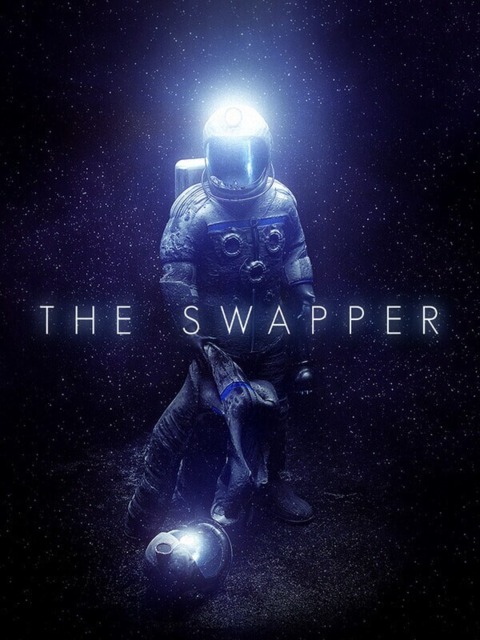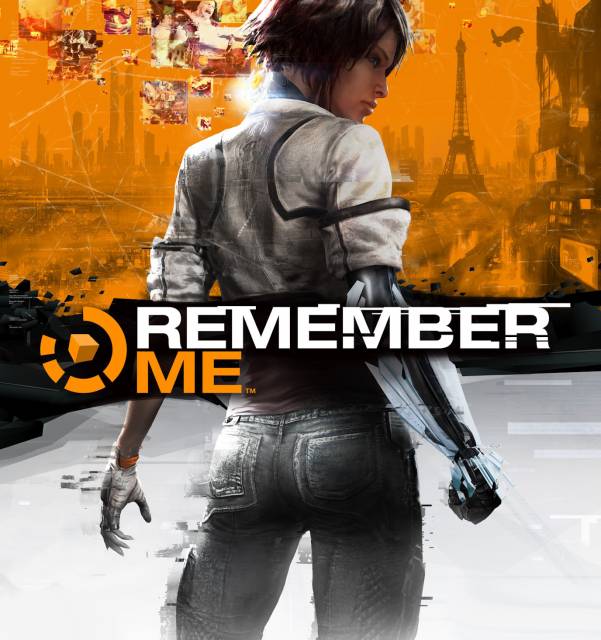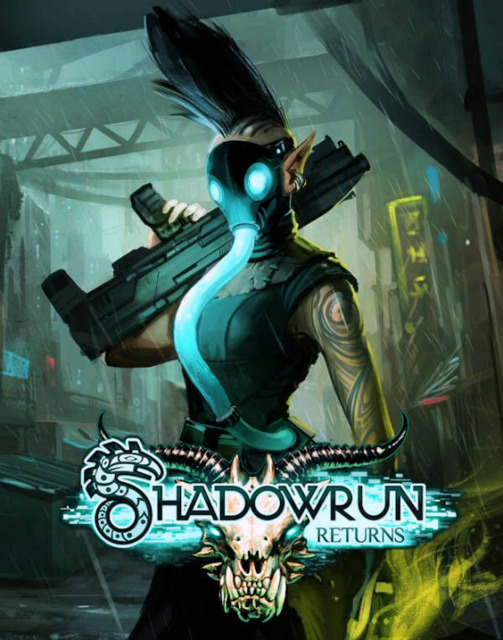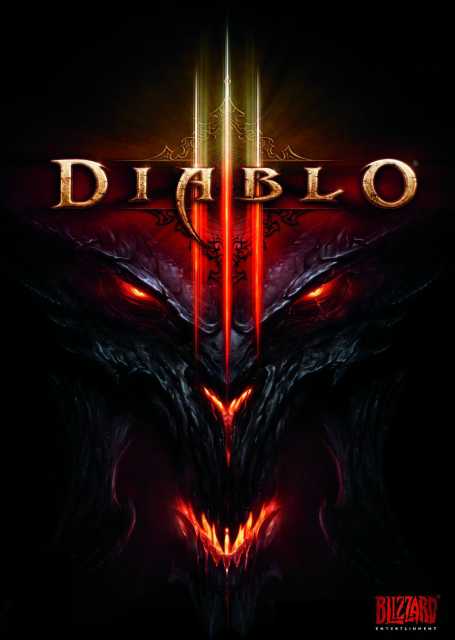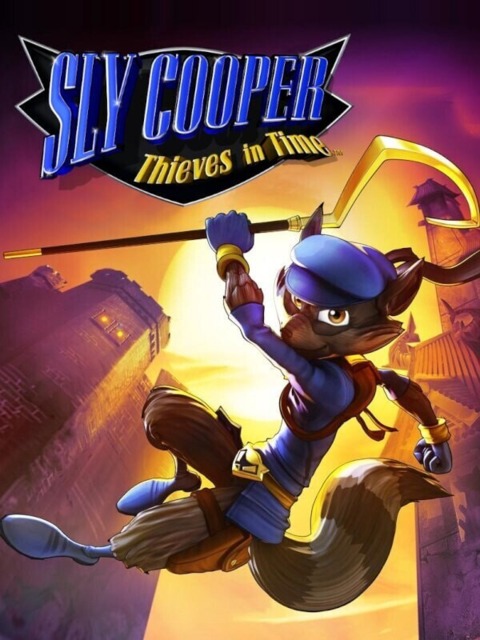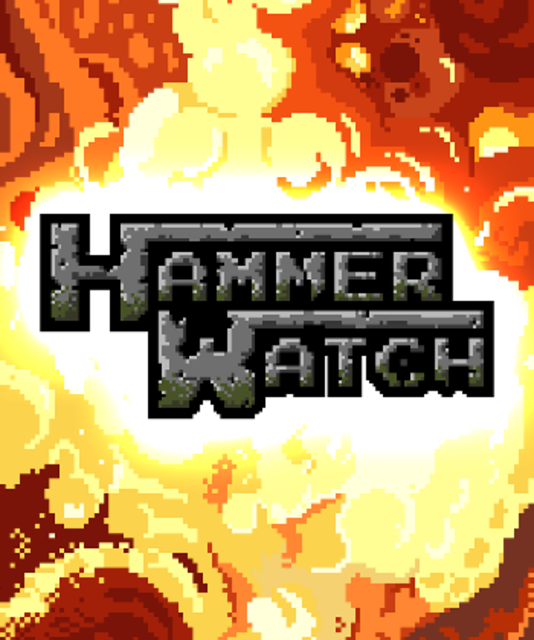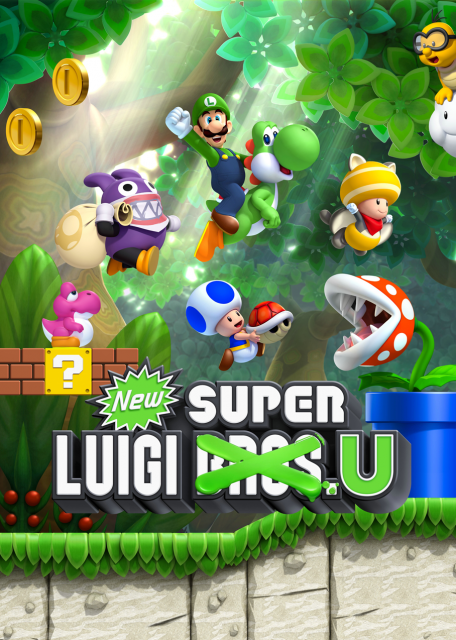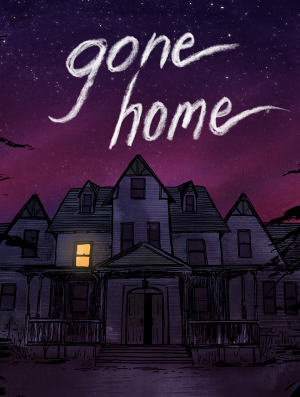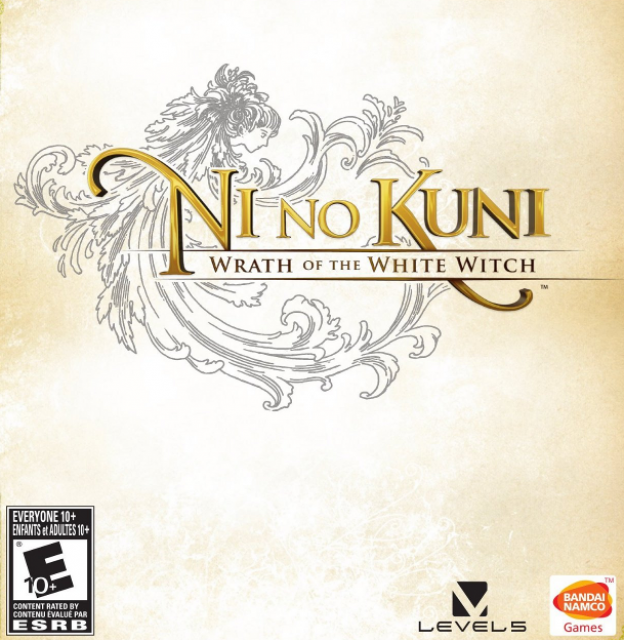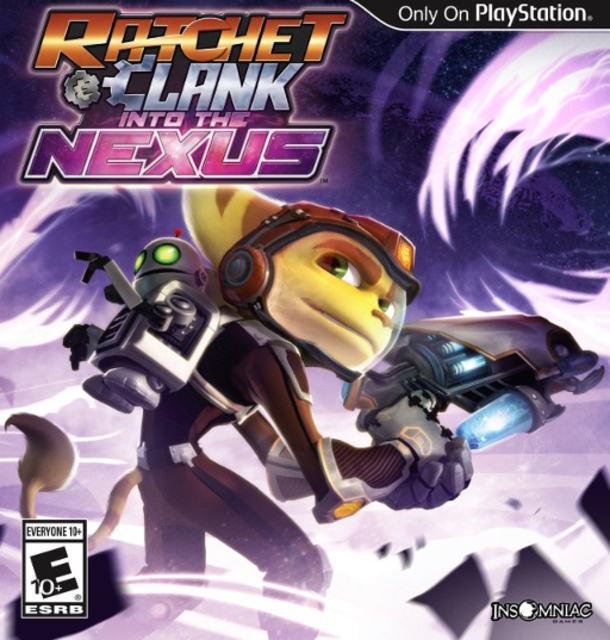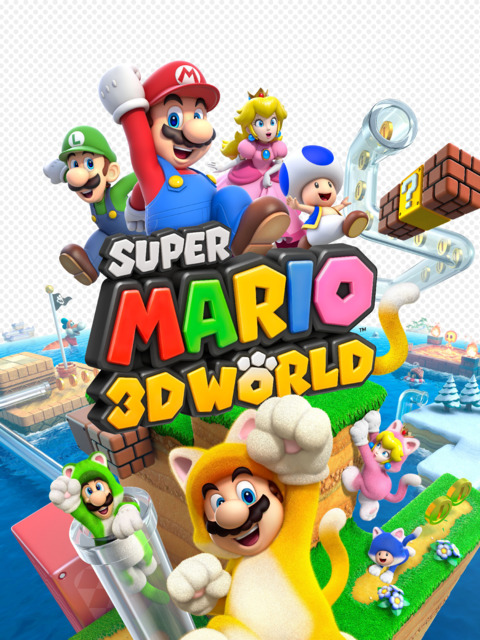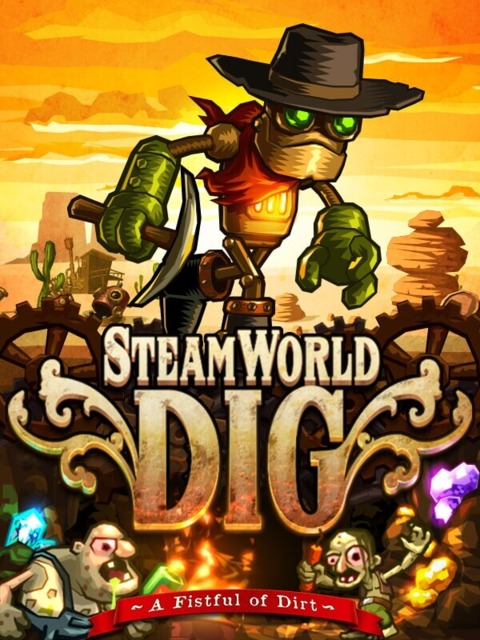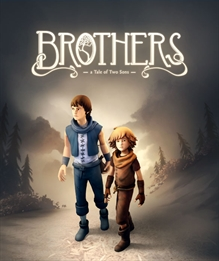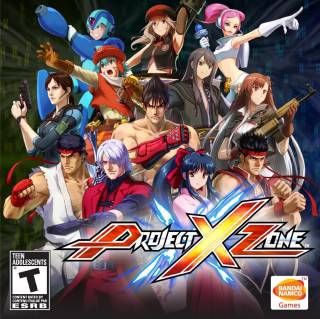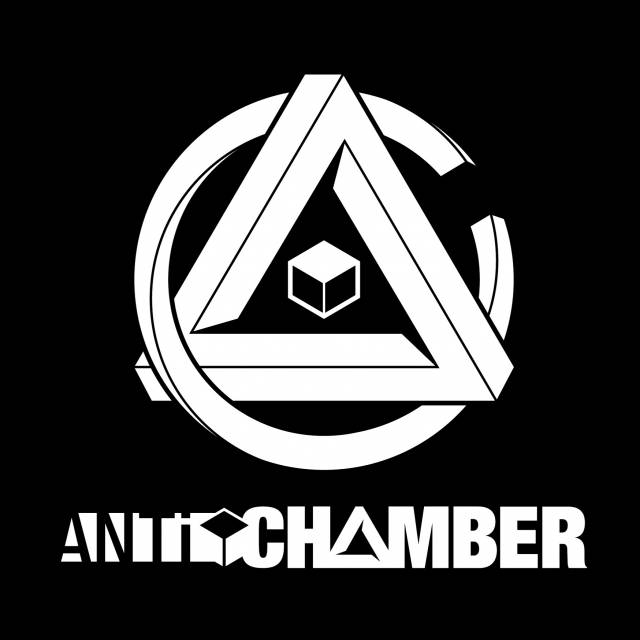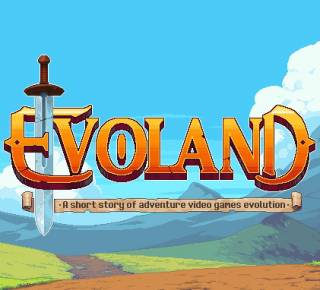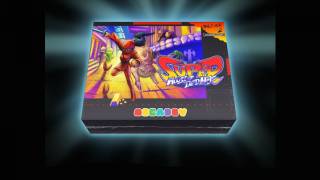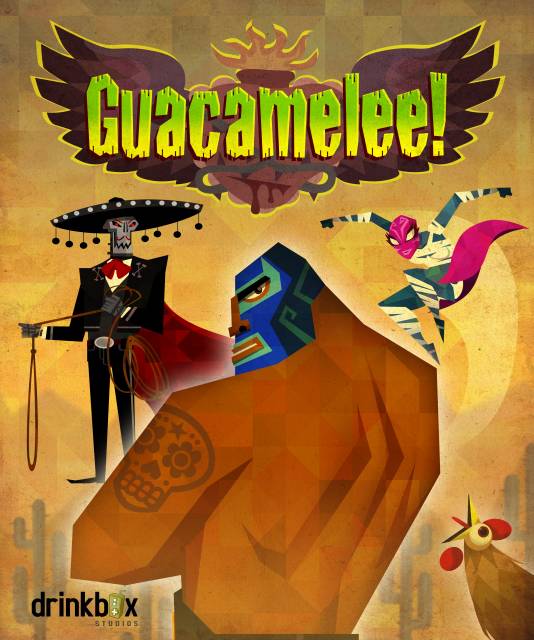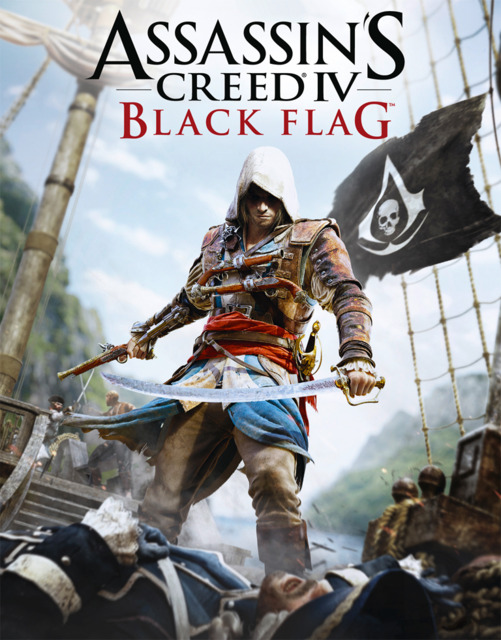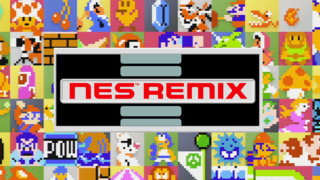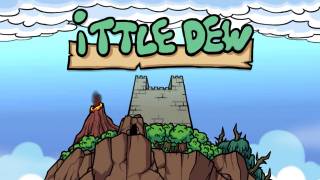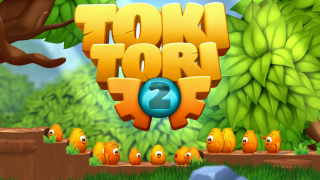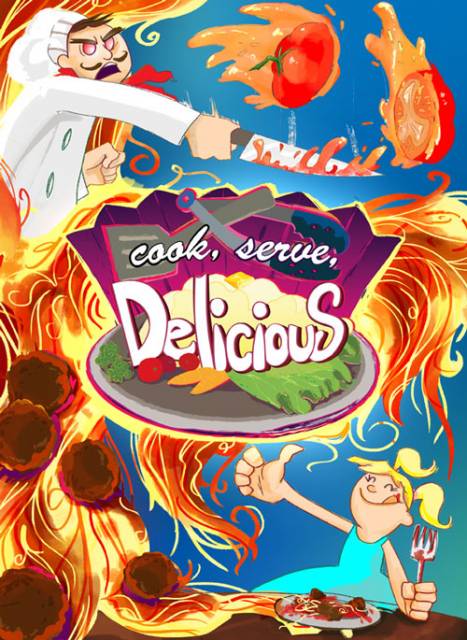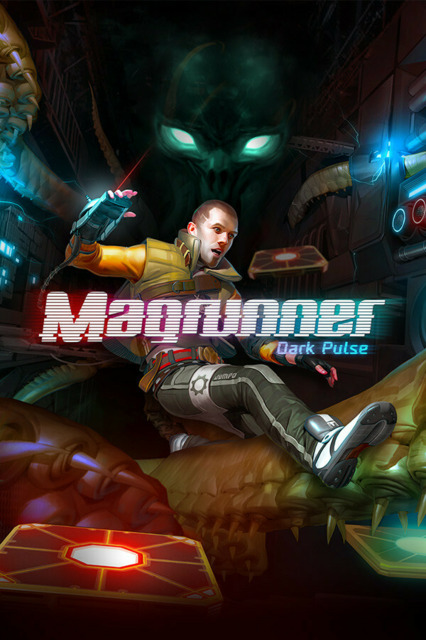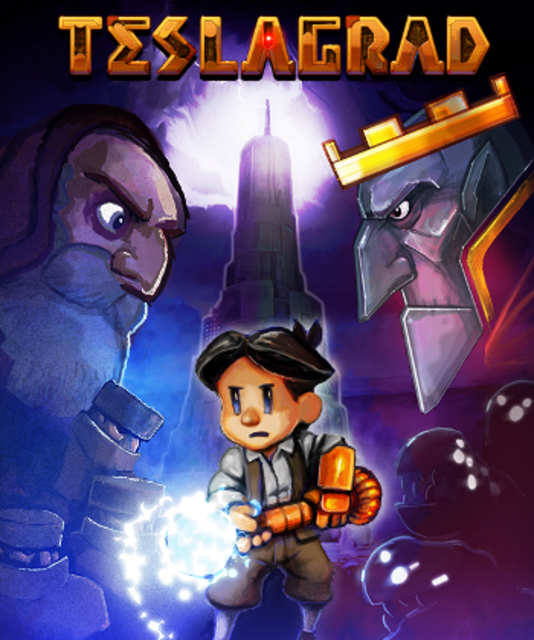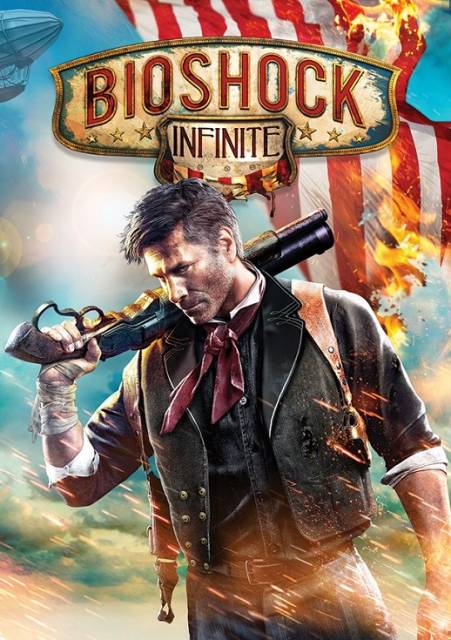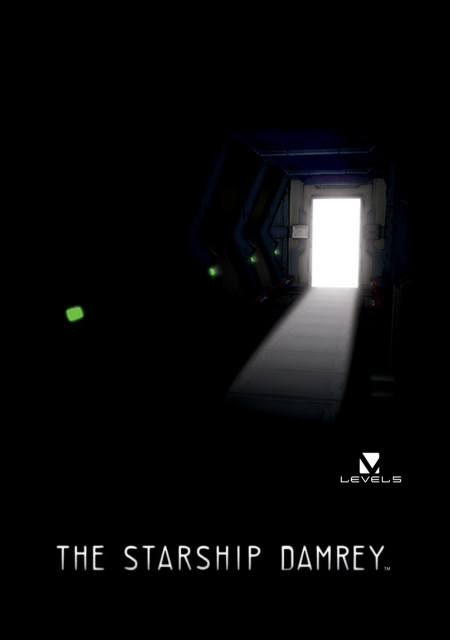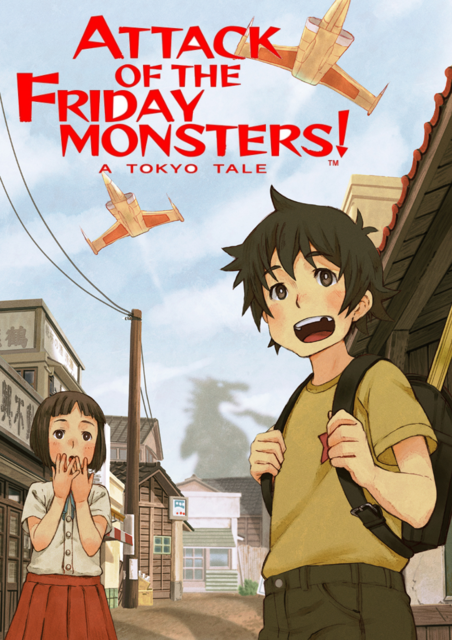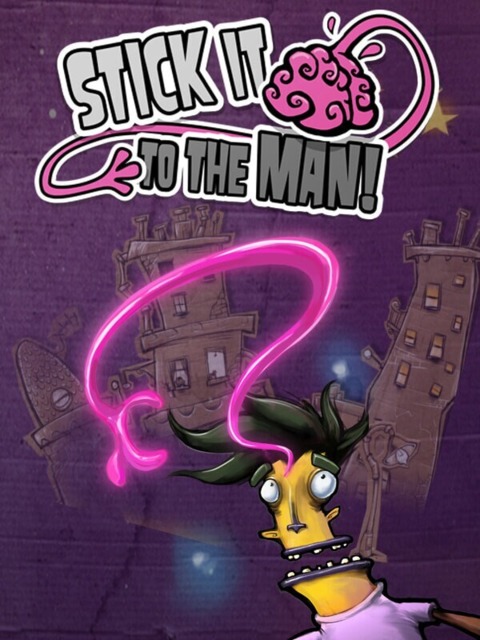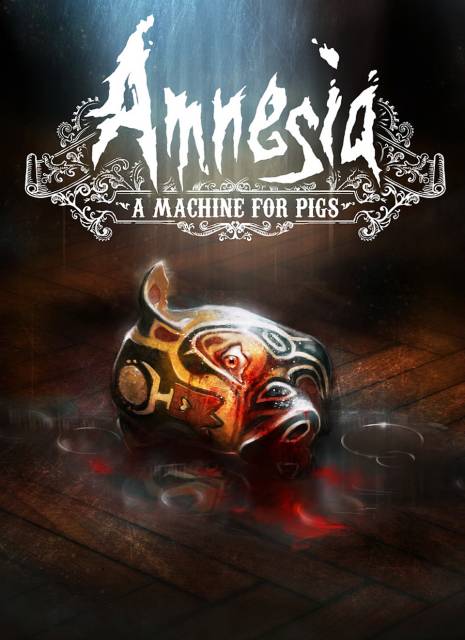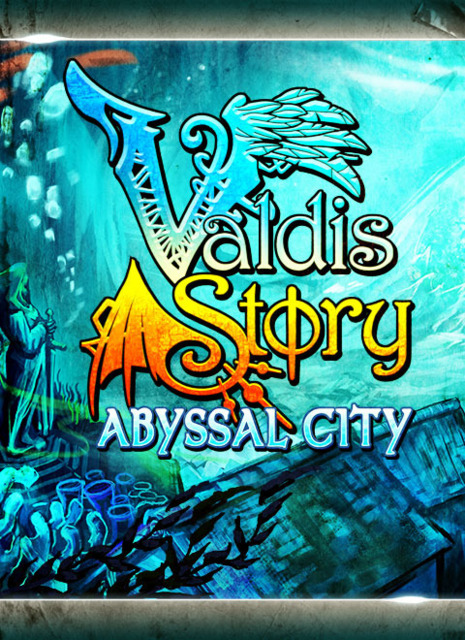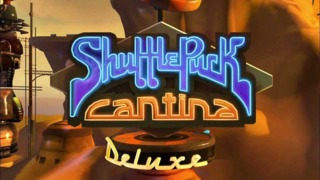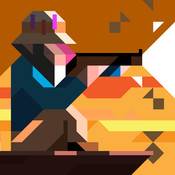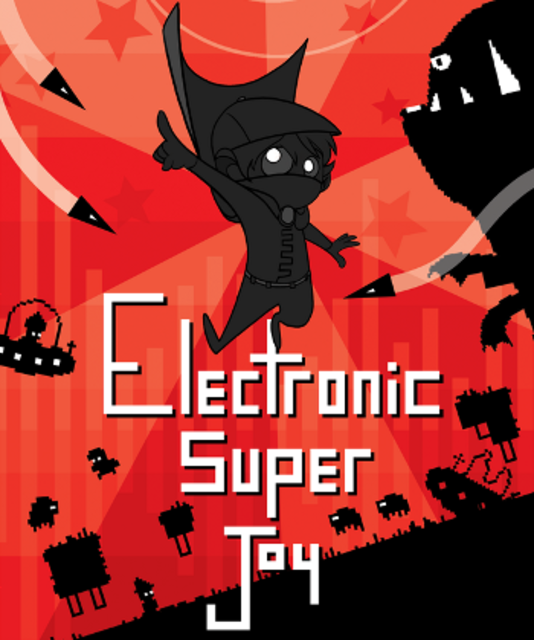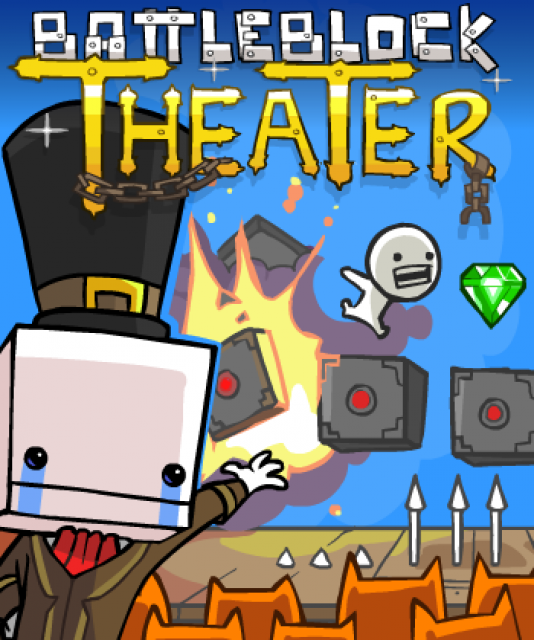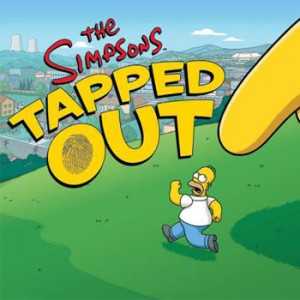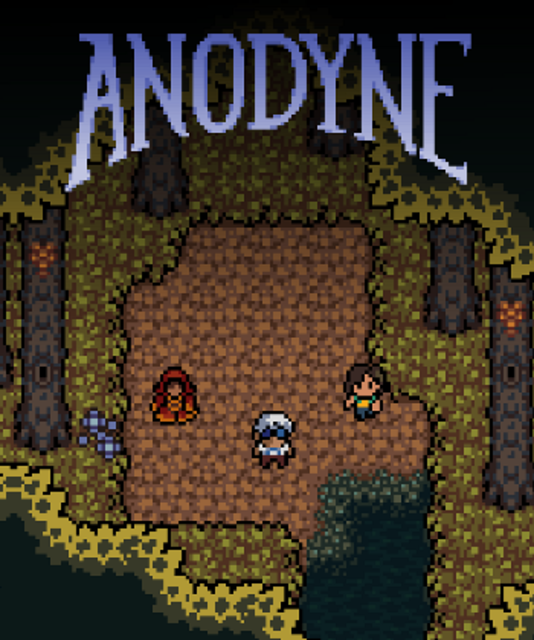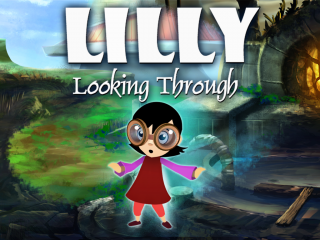GOTY 2013 (Adjusted)
Same deal as the 2015 GOTY (Adjusted) list (and also the others, found here (2014), here (2016) and here (2017). The idea is to build GOTY lists that are constantly in flux, ever adapting themselves to a new year's worth of catch-up gaming. Like the Borg, but for video game lists. With enough time I should be able to play through every 2013 game that piqued my interest and construct a list that ideally represents what that year meant to me in terms of games, but that wasn't going to happen on the year in question: too many full-price new releases, too little time.
Looking back on 2013 specifically, I feel it was a mostly mixed year with a few highlights but nothing too remarkable. The Xbox One and PS4 launched in the November of that year, but neither really came out swinging with their launch libraries. Equally the Wii U, despite this being its first full year of release, was still struggling to fill out a slate of bangers outside of a handful of first-party games. Still, it's well within the current era where we are positively inundated with games from every tier of game development, from the $10 digital Indies to the "AAA" blockbusters, with more than enough to please everyone however specific their tastes may be. That there's almost 50 games on this list (as of 2016) with a few wishlist items still left to check out is a testament to just how packed 2013 was.
My original 2013 list is here.
- [Currently owned 2013 games to explore in 2017 and beyond: Metal Gear Rising: Revengeance, Watch_Dogs, Ace Attorney: Dual Destinies, Mario & Luigi: Dream Team, The Last of Us, Driftmoon.]
- [Currently unowned 2013 games I hope to check out in the future: Bravely Default, Luigi's Mansion: Dark Moon, Avadon 2: The Corruption, The Wonderful 101, The Wolf Among Us, Professor Layton and the Azran Legacy.]
(Extra note: This list is gigantic, so I'm only including appraisals for the first twenty. I've written about every other game on here somewhere on the site, though.)

